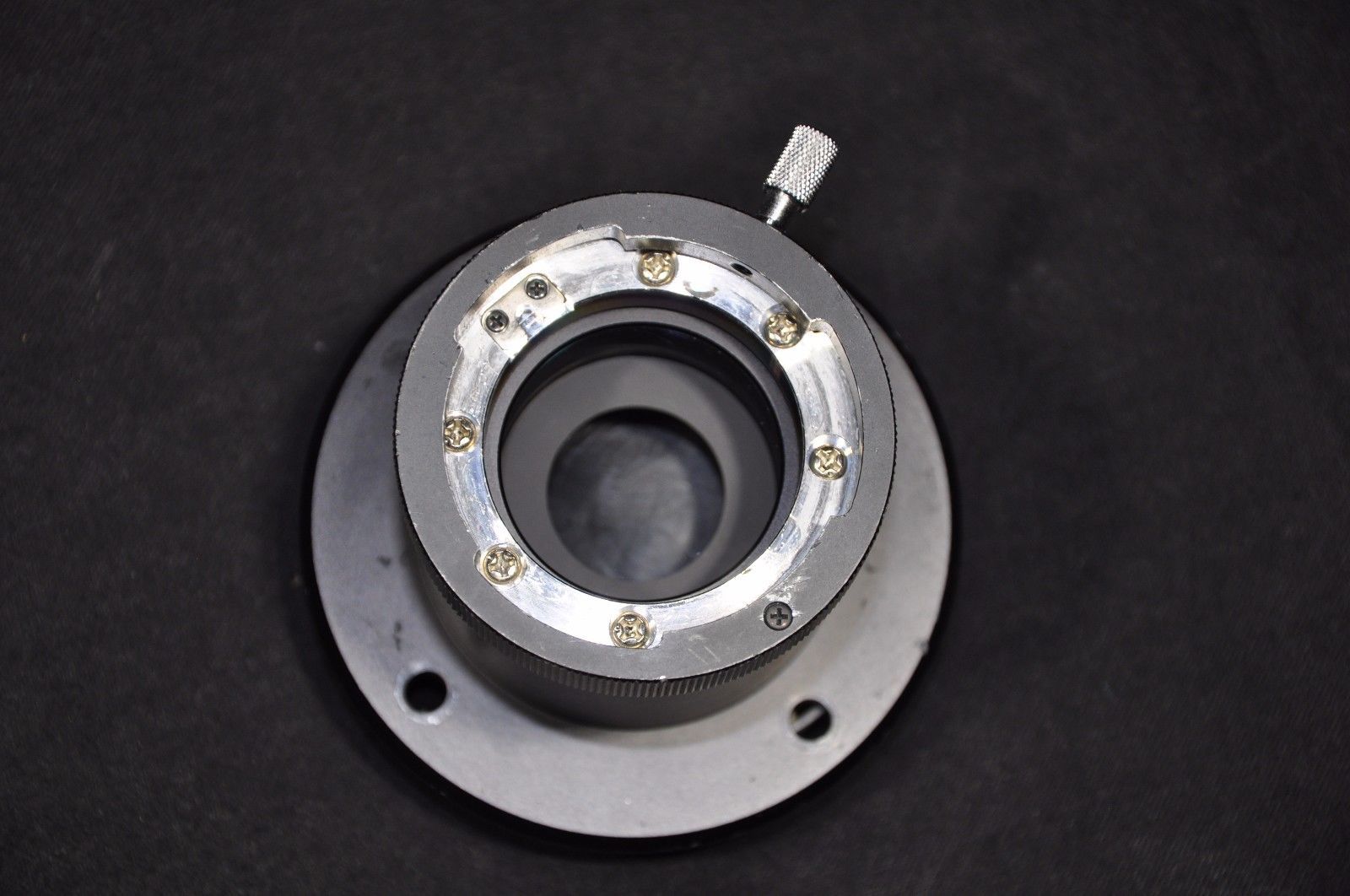


#PHOTRON FASTCAM BC2 SERIES#
The company just announced that it has completed an $8M Series B round of financing, bringing the total funds raised to $13M. Farrokh Ayazi from Georgia Tech's Integrated MEMS Laboratory. So far the gyro's slow drift is the main reason that still image stabilization is less than perfect at 1-2s exposures.įounded in 2008, Qualtre is a venture-backed company founded by Dr. If Qualtre really delivers a product with greatly reduced drift over time, it would be a major improvement in long exposure image stabilization. Qualtre gyroscopes operate at high frequency (2-10MHz) bulk acoustic modes to provide superior mechanical signal amplification with excellent bias stability over an extended temperature range. Commercially available MEMS gyroscopes serving these applications have delicate moving mass structures vibrating at low frequencies of 5-50KHz, making them susceptible to bias drift over time, temperature and vibration. PR Newswire, EETimes: Qualtre is developing a solid-state multi-axis MEMS gyroscopes digital camera image stabilization, among other things. The phone is expected to go on sale in Q3, 2010. The sample pictures and video seem to confirm that. The images it produces (both still and moving) are said to " sport a surprisingly high degree of detail, but without any much of the noise you see in images from some other devices". In dramatically improving low light performance, the team were able to improve performance in bright conditions as well." This time though, the effort was focussed not just on still images, but on video too. Naturally, that’s where the camera team started. Cracking Improving the low light performance nut is one of the hardest challenges for mobile device cameras. Across both uses, the team have been optimising each specific element of the device’s camera for as many use cases as possible. Not just for the quality of the still image camera, but the video recording as well. " The team behind the Nokia N8’s camera want to set new benchmarks. These numbers translate into about 1.6-1.7um pixel size. GSMArena claims the sensor size is 1/1.9-inch without disclosing its sources.

One of the tweets seemingly belonging to Nokia insider reports that the sensor size is 1/2-inch. The official HW spec for the phone does not tell the sensor size, while Damian says it's " the biggest sensor in a mobile device". Nokia Conversations published a conversation with Damian Dinning, Nokia’s main man for imaging describing the camera portion of the newly announced 12MP N8 camera phone. Organic version is supposed to have an advantage in this. Prior art NIR-to-visible light up-conversion devices, integrating an inorganic LED with an inorganic photodetector, have been reported but the maximum external conversion efficiency was about 0.3%. All organic up-conversion devices are realized by integrating an OLED and an organic photodetector into one device. University Florida page adds some details about the new technology. It will take about 18 months to scale up the device for practical applications, such as car windshields, lightweight night vision eyeglasses and cell phones cameras.
#PHOTRON FASTCAM BC2 FULL#
Part of that weight is the proof of concept small size - about one square centimeter - but So says that even a full scale device could weigh as little as 10 grams and be only a few microns thick. Unlike most night vision technology today, however, So's design would weigh less than 100 grams. Like most of today's night vision cameras, So's device emits an eerie green light. Additional electrical energy - about three to five volts - amplifies that signal, which is then converted back into visible light. Infrared light enters the film and is detected by the first of seven separate layers, which generates a slight electrical charge. Discovery: Florida University research group under Franky So lead describes a new night vision technology in a recent article in the journal Advanced Materials that was funded in part by DARPA.


 0 kommentar(er)
0 kommentar(er)
